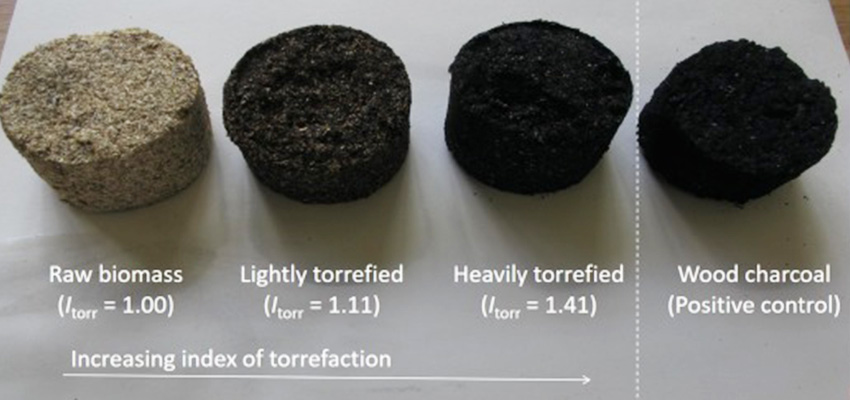
Characterization of aggregate behaviors of torrefied biomass as a function of reaction severity
Fuel: The Science and Technology of Fuel
Highlights
- We examined the impact of torrefaction on aggregate-level behaviors of solid fuel.
- We used an experimental cookstove set-up as an illustrative case study.
- We quantified stove temperature, effective heat output, and emission profiles.
- Relationship between torrefaction severity and fuel effects is complex at aggregate level.
- More severe torrefaction does not always lead to improved fuel characteristics.
Abstract
Several studies have shown that torrefaction can improve various characteristics of biomass, including grindability, flowability, and energy density, at least at the microscopic level. Furthermore, the improvements are often represented as a monotonic function of the torrefaction severity. However, the existing literature is less clear on whether or not these improvements persist at the aggregate level. This paper demonstrates that, at the aggregate level, using differently torrefied biomass in an experimental cookstove as a case study, the relationship between the improvements and torrefaction severity tells a much more complex story than a simple, monotonic correlation. Notably, by defining and measuring various cookstove performance characteristics ranging from stove temperature, effective heat output, and emission profiles, and how these characteristics vary with the severity of torrefied fuel, we conclude that, contrary to the conventional wisdom, more severe torrefaction in many cases does not always lead to more improved fuel characteristics.

